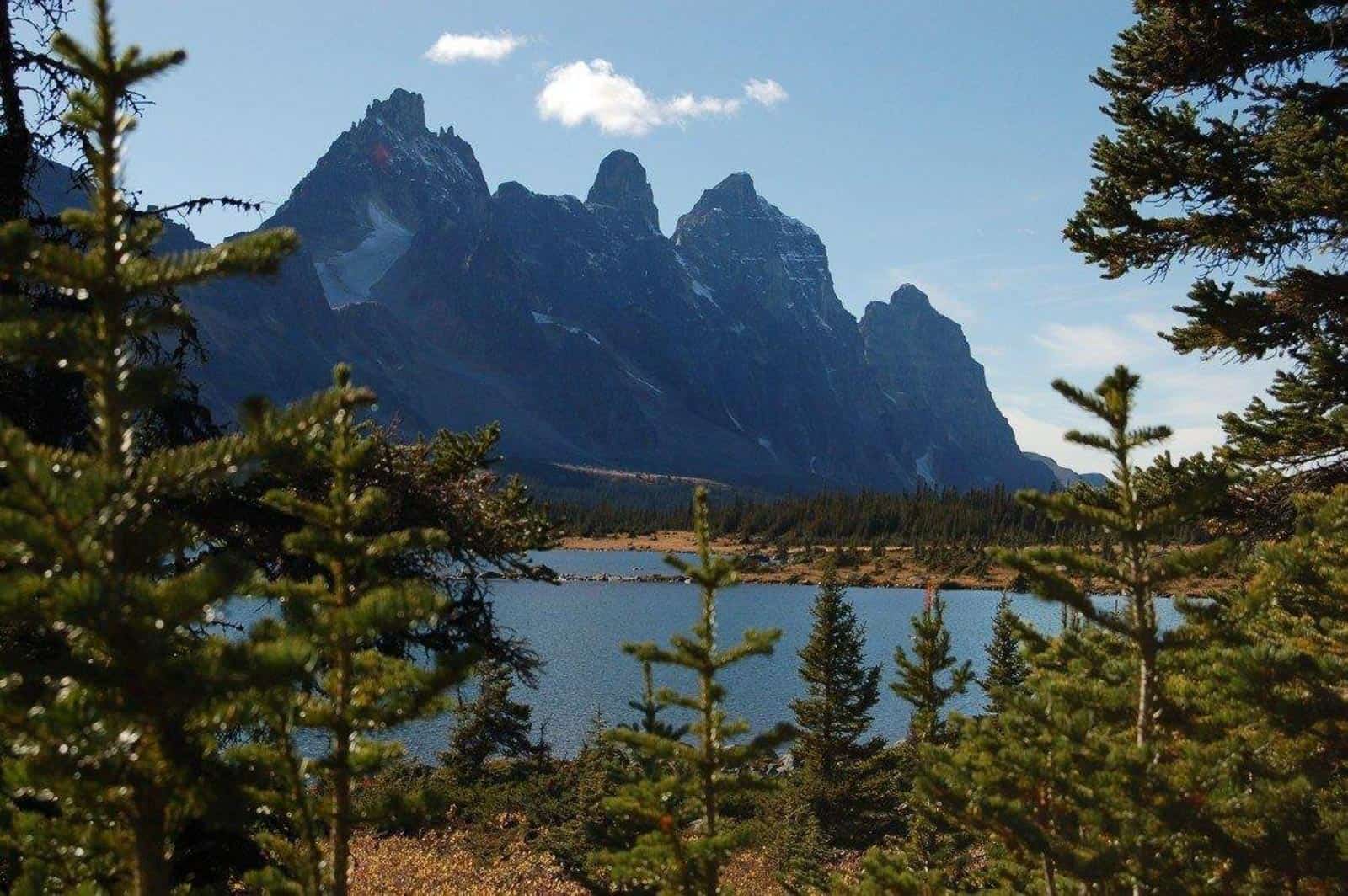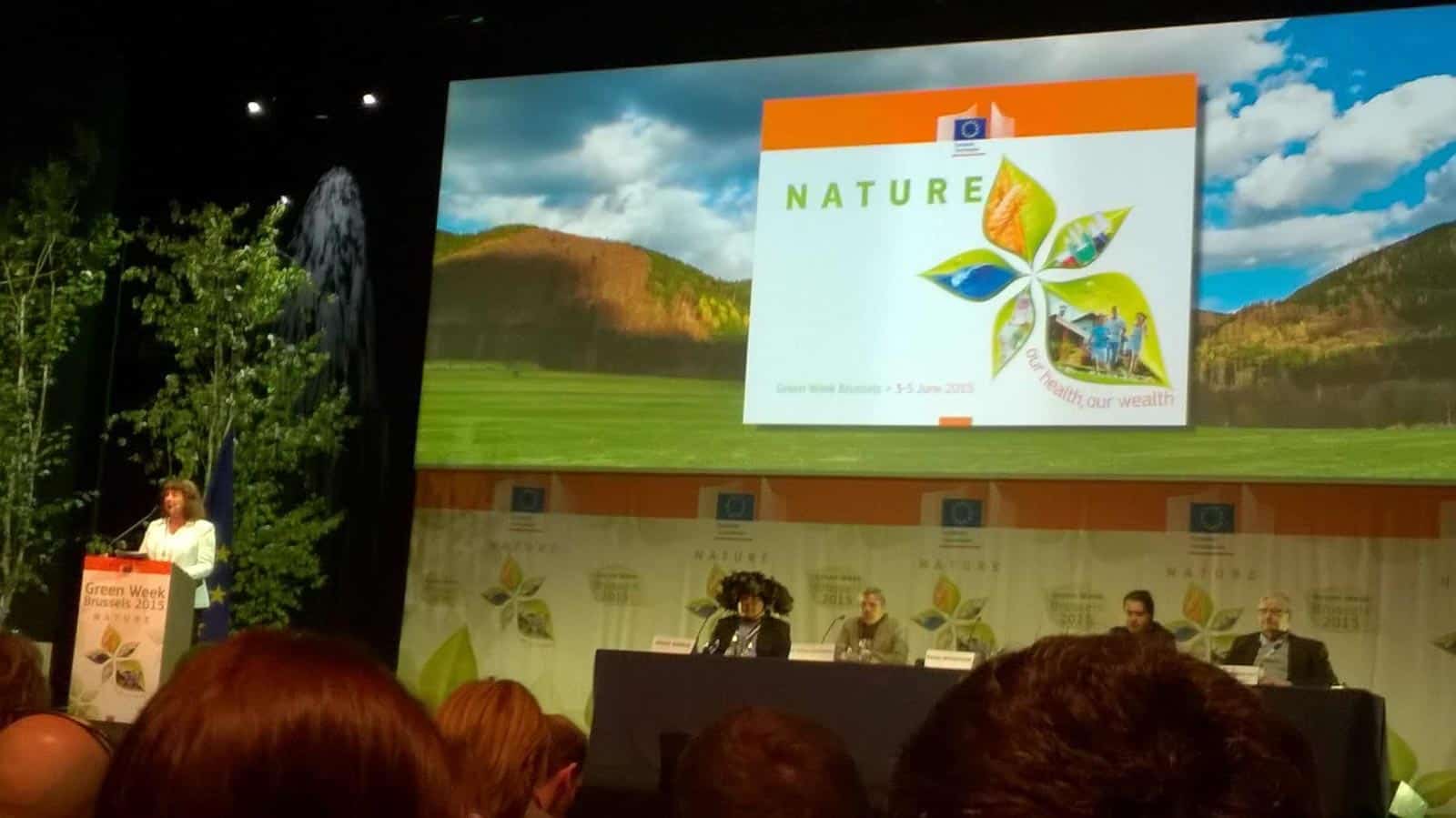10th anniversary of Wilderness in Europe
Europe was behind the US with respect to Wilderness. For many years, the word Wilderness was associated with far-flung, exotic locations like the Amazon or Yosemite. And Europe had no unified foundation until the establishment of the European Union in 1957. Since then the European Union has grown, for example it adopted the Habitats Directive in 1992 to specifically protect and maintain biodiversity. This created a foundation to protect habitats and wildlife in Europe, and opened the conversation about all kinds of habitats biodiversity in Europe, including Wilderness.
Please also read: Celebrating Wilderness in 2019
Development of the European Wilderness Resolution
Over time, public opinions began to change that there was Wilderness in Europe, but not for much longer unless we acted to protect it soon. Fastforward to 2009, and we see 230 Wilderness advocates from 35 countries gathered in Prague, Czech Republic, for the Conference on Wilderness and Large Natural Habitat Areas. Their focus was to unite Europe with a common vision and strategy for Wilderness, and thus the European Wilderness Resolution was created.

A message was written, which called for action from the EU Commission and EU Member States, with 24 recommendations divided into four key areas;
- policy,
- awareness,
- research and
- partnerships.
This unified the next step for European Wilderness, and placed Wilderness in the charge against biodiversity decline. Ladislav Miko, Environment Minister in the Czech Republic and former Director of Natural Environment at the European Commission stated:
The remaining pristine areas in Europe should be regarded as a unique asset and benefit from the highest level of protection. They should not be diminished or degraded.

Uniform Definition of Wilderness in Europe
The EU Definition of Wilderness is a two-folded one and acknowledges the history of use of the European continent. The definition builds on the Wilderness Continuum.
Wilderness is defined as:
A large area of unmodified or slightly modified land, and/or sea, retaining its natural character and influence, without permanent or significant habitation, which is protected and managed so as to preserve its natural condition.
Wild Areas are:
Areas that have a high level of predominance of natural process and natural habitat. They tend to be individually smaller and more fragmented than the Wilderness areas, although they often cover extensive tracts. The condition of their natural habitat, processes and relevant species is however often partially or substantially modified by past human activities such as livestock herding, hunting, fishing, and collecting berries and mushrooms.
[3d-flip-book mode=”fullscreen” urlparam=”fb3d-page” id=”48736″ title=”false”]









